🕊️ Welcome to Nagasaki
Nagasaki is a captivating port city in southwestern Japan that offers visitors a unique blend of Japanese and European cultures. Unlike other Japanese cities, Nagasaki’s history as Japan’s only international trading port from the 16th to 19th centuries created a distinctive atmosphere that remains today. This beautiful city, surrounded by mountains and sea, invites travelers to explore its rich history, experience its message of peace, and savor its delicious local cuisine.
🗺️ Historical Sites and Cultural Heritage
Nagasaki’s most significant historical sites tell the story of its international connections and the importance of peace.
Glover Garden stands as a testament to Nagasaki’s international past. This beautiful hillside garden features the former residence of Thomas Glover, a Scottish merchant who played a crucial role in Japan’s modernization during the Meiji period. The garden offers stunning panoramic views of Nagasaki Port and contains several well-preserved Western-style houses that transport visitors back to the late 19th century. Walking through the garden, you’ll understand how European and Japanese cultures harmoniously coexisted in this unique city.
Oura Church, located near Glover Garden, holds the distinction of being Japan’s oldest existing Christian church. Built in 1864, this magnificent Gothic-style church features beautiful stained glass windows and intricate architectural details. As a UNESCO World Heritage site, it represents the resilience of Christianity in Japan during periods of persecution. The church’s peaceful atmosphere and historical significance make it a must-visit destination for understanding Nagasaki’s religious heritage.
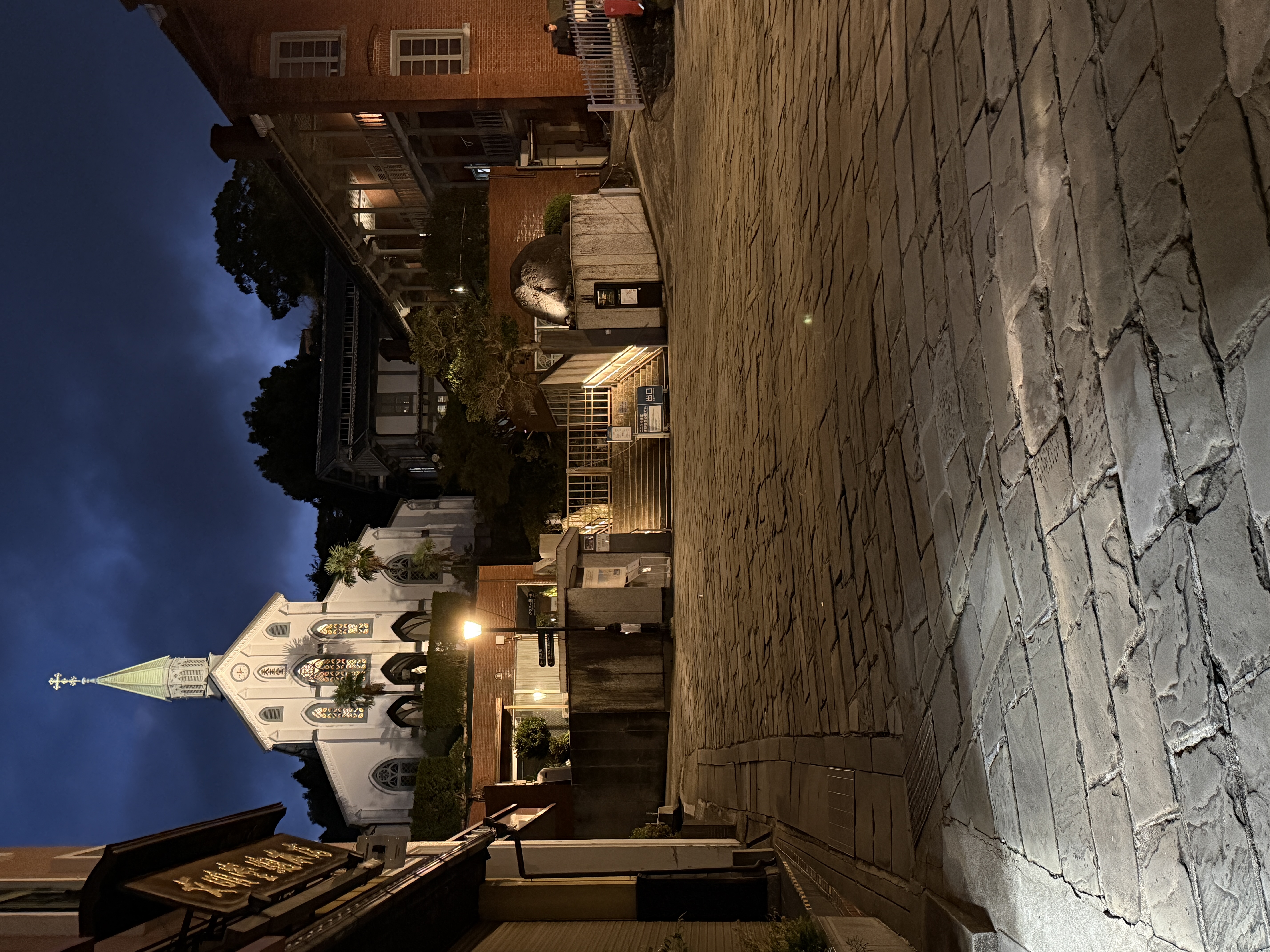
Meganebashi (Spectacles Bridge) is one of Nagasaki’s most iconic landmarks and Japan’s oldest stone arch bridge. Built in 1634 by Chinese monk Mokusunyoujo, this elegant bridge spans the Nakashima River and gets its name from the reflection of its two arches in the water, which resemble a pair of spectacles. Located in the heart of the city near the Nakashima River, Meganebashi is easily accessible by tram and is part of a collection of historic stone bridges that showcase traditional Japanese bridge-building techniques. The bridge area is particularly beautiful during cherry blossom season and when illuminated at night.
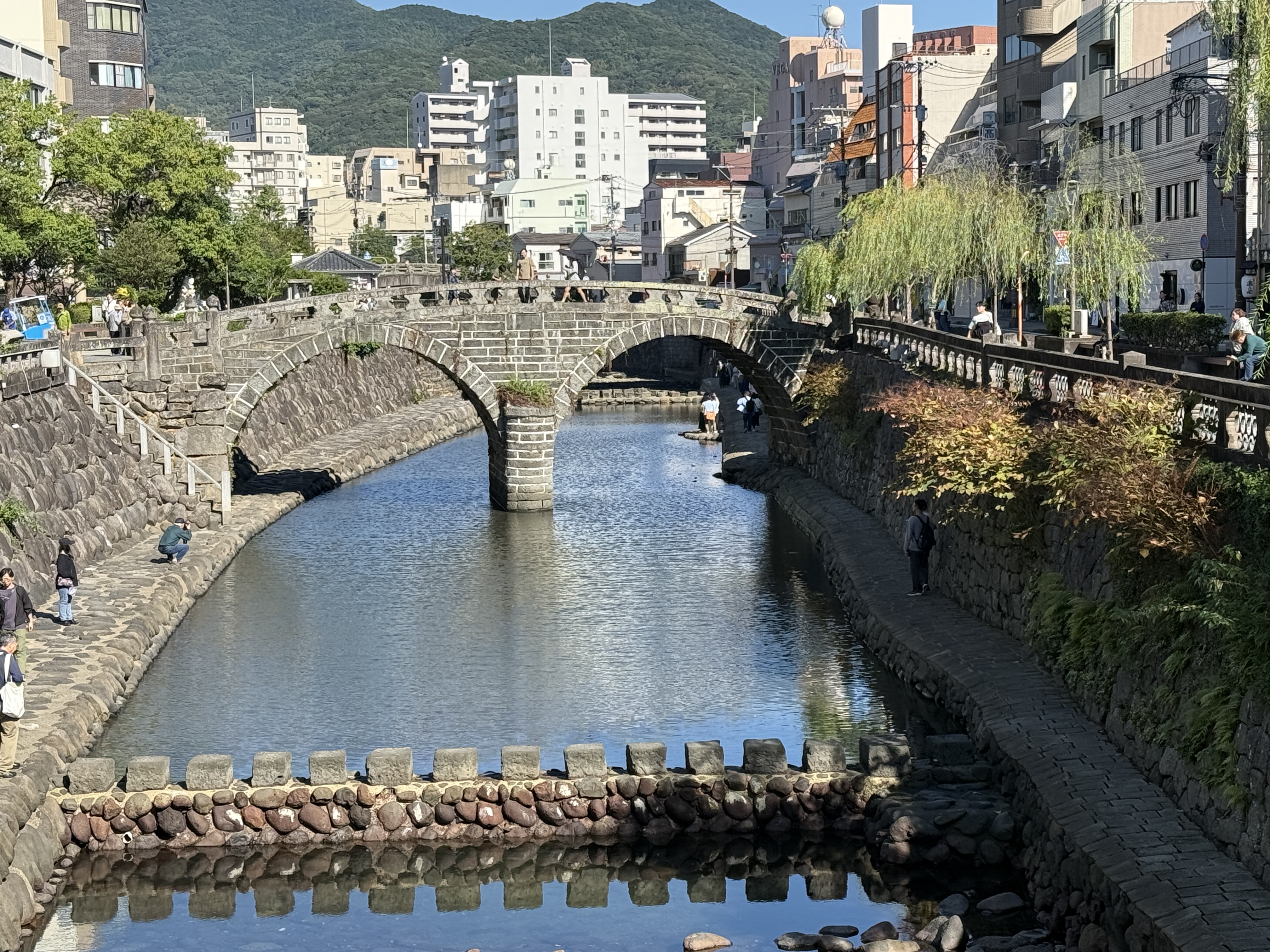
Nagasaki Atomic Bomb Museum and Peace Park address the city’s most tragic chapter. The museum provides a comprehensive and moving account of the atomic bombing on August 9, 1945, and its devastating impact on the city and its people. Through exhibits, artifacts, and personal testimonies, visitors gain a deep understanding of the human cost of war and the universal desire for peace. The Peace Park, with its iconic Peace Statue, serves as a powerful symbol of hope and reconciliation, reminding us of the importance of working toward a peaceful world.
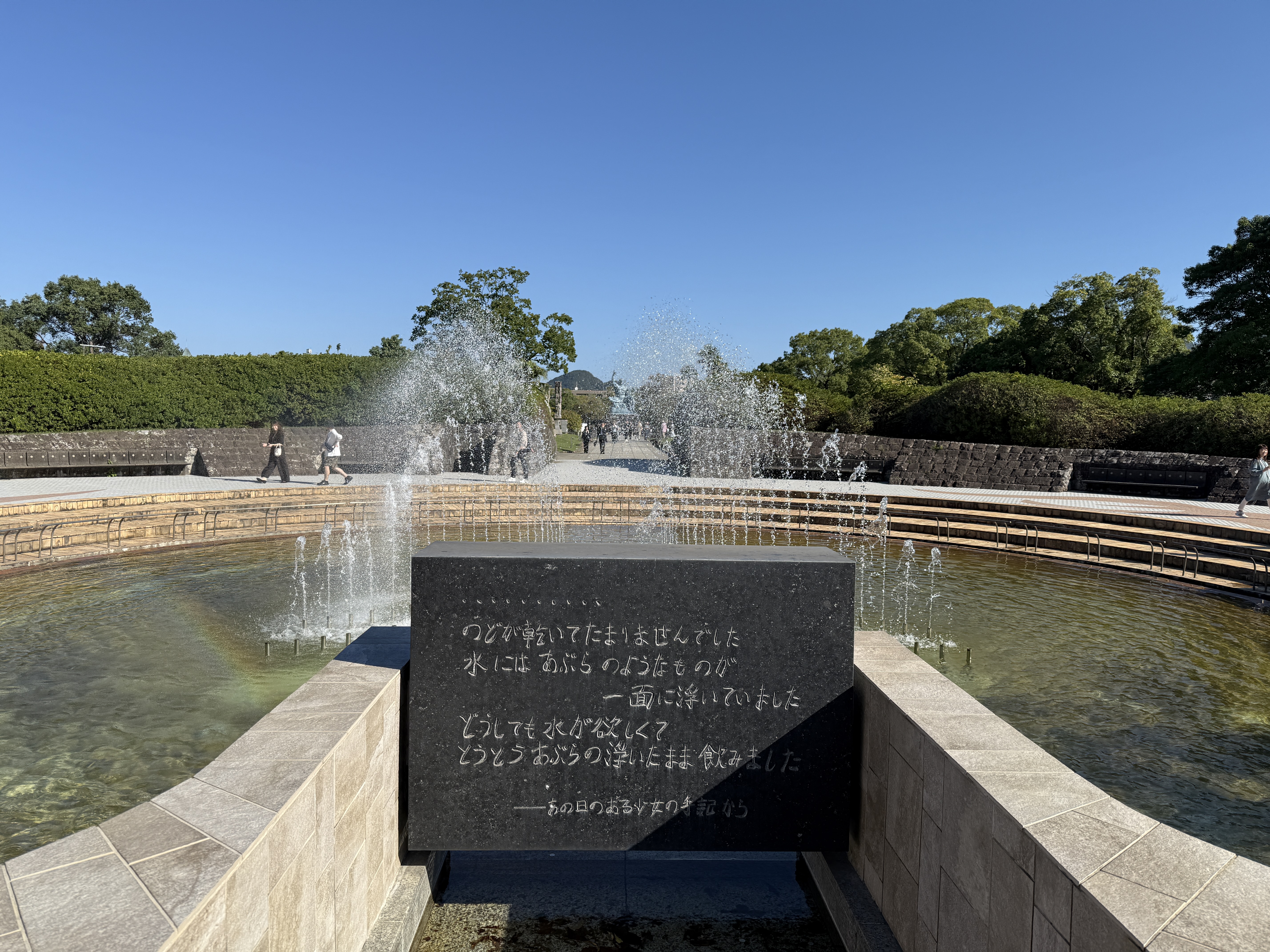
🍜 Local Cuisine and Food Culture
Nagasaki’s unique food culture reflects its historical connections and coastal location, offering visitors an array of distinctive local dishes.
Champon and Sara Udon represent Nagasaki’s most famous noodle dishes. Champon features thick noodles in a rich, flavorful soup filled with pork, seafood, and fresh vegetables. The dish originated in Nagasaki’s Chinatown and has become a beloved local specialty. Sara Udon, on the other hand, consists of crispy fried noodles topped with a thick, savory sauce containing pork, seafood, and vegetables. Both dishes showcase the city’s Chinese culinary influences and are perfect for warming up on cooler days.
Castella is Nagasaki’s most famous sweet treat, a sponge cake introduced by Portuguese merchants in the 16th century. This light, moist cake has a subtle sweetness and delicate texture that has made it a popular souvenir for visitors. Many traditional shops in Nagasaki have been making castella for generations, each with their own secret recipes and techniques. Sampling different varieties allows you to appreciate the subtle differences in flavor and texture.
Turkish Rice is a uniquely Nagasaki dish that combines three different foods on one plate: pilaf rice, spaghetti with tomato sauce, and a pork cutlet. Despite its name, this dish was created in Nagasaki and has no connection to Turkey. The combination might seem unusual, but it’s a satisfying and popular local specialty that reflects the city’s creative culinary spirit.
Kaisendon (Seafood Rice Bowl) showcases Nagasaki’s coastal bounty. This colorful dish features a bowl of rice topped with fresh sashimi (raw fish) and other seafood caught locally. The variety of fish and seafood available depends on the season, ensuring that each visit offers a different culinary experience. The freshness and quality of the seafood make this dish a highlight for seafood lovers visiting Nagasaki.
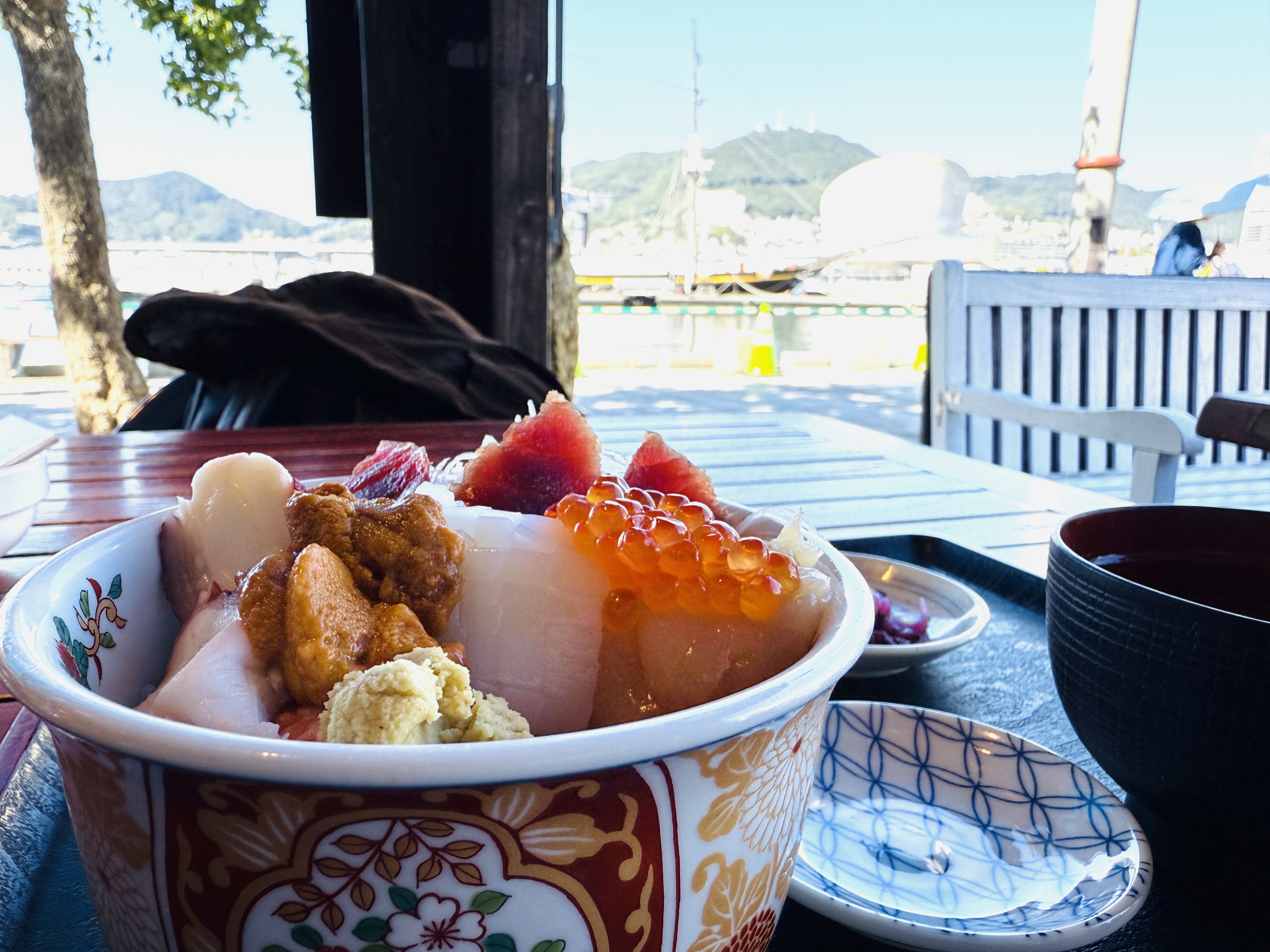
🚋 Getting Around and Practical Tips
Navigating Nagasaki is relatively straightforward, thanks to its efficient public transportation system. The city’s tram network provides convenient access to most major attractions, and purchasing a one-day pass offers excellent value for visitors planning to visit multiple sites. The trams run regularly and provide a charming way to experience the city while traveling between destinations.
Given Nagasaki’s hilly terrain, comfortable walking shoes are essential for sightseeing. Many of the city’s most interesting areas, including Glover Garden and the historic district, require some uphill walking. However, the effort is rewarded with beautiful views and a deeper appreciation of the city’s unique geography.
The best times to visit Nagasaki are during spring (March to May) and autumn (September to November), when the weather is mild and comfortable for sightseeing. Summer can be hot and humid, while winter brings cooler temperatures but fewer crowds. Regardless of when you visit, Nagasaki’s warm hospitality and fascinating history ensure a memorable experience.
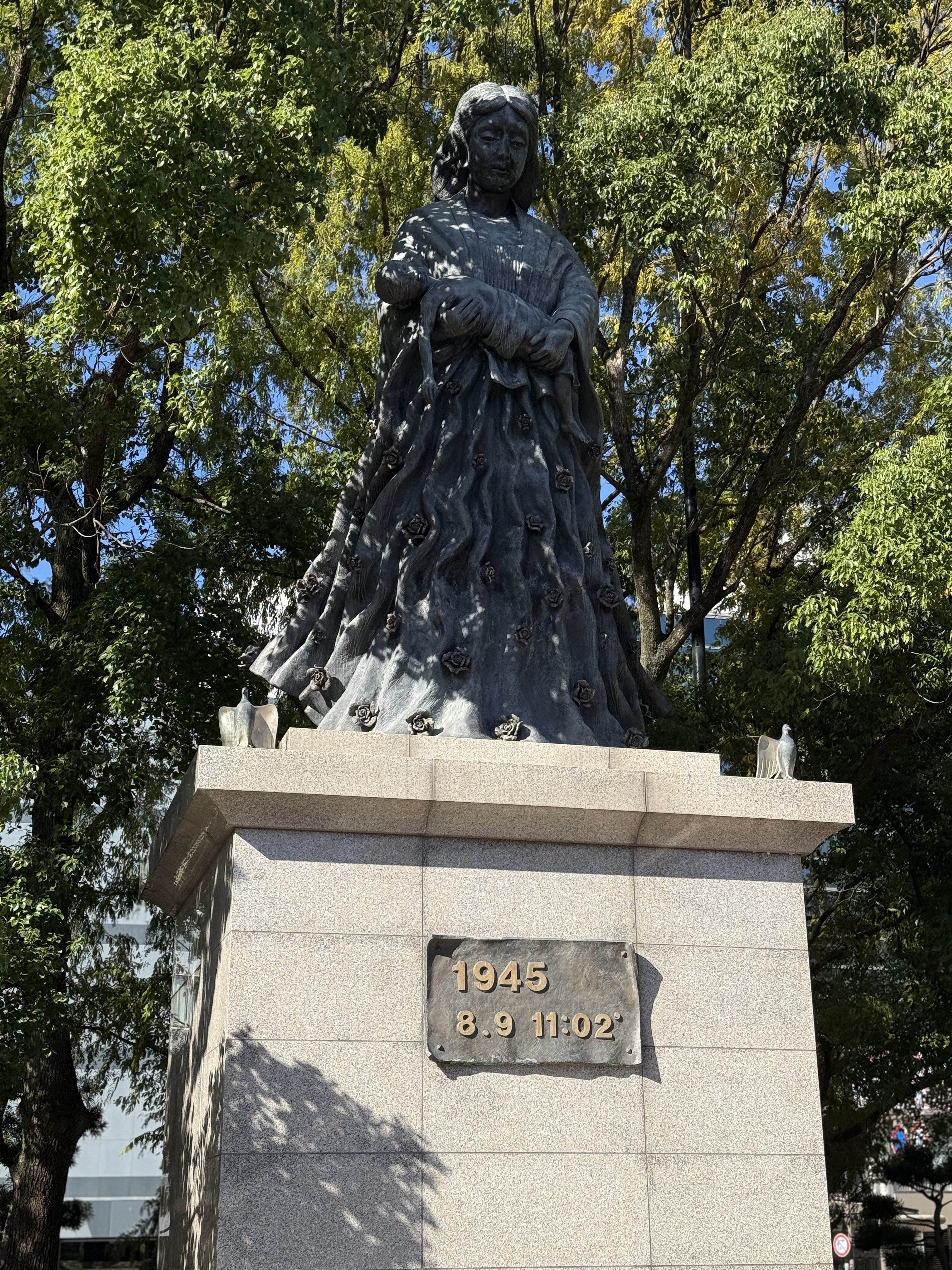
🎯 Planning Your Visit
When planning your Nagasaki itinerary, consider spending at least two to three days to fully appreciate the city’s attractions. Start with the historical sites in the morning when they’re less crowded, then enjoy lunch at a local restaurant to sample the city’s famous cuisine. Afternoons can be spent exploring the shopping districts or taking in the harbor views.
For accommodation, consider staying in the city center for easy access to major attractions and restaurants. Many hotels offer views of the harbor, adding to the overall experience of staying in this historic port city.
Nagasaki’s combination of historical significance, cultural diversity, and culinary excellence makes it a destination that appeals to a wide range of travelers. Whether you’re interested in history, food, or simply experiencing a different side of Japan, Nagasaki offers a unique and rewarding travel experience that will leave you with lasting memories and a deeper appreciation for this remarkable city.
